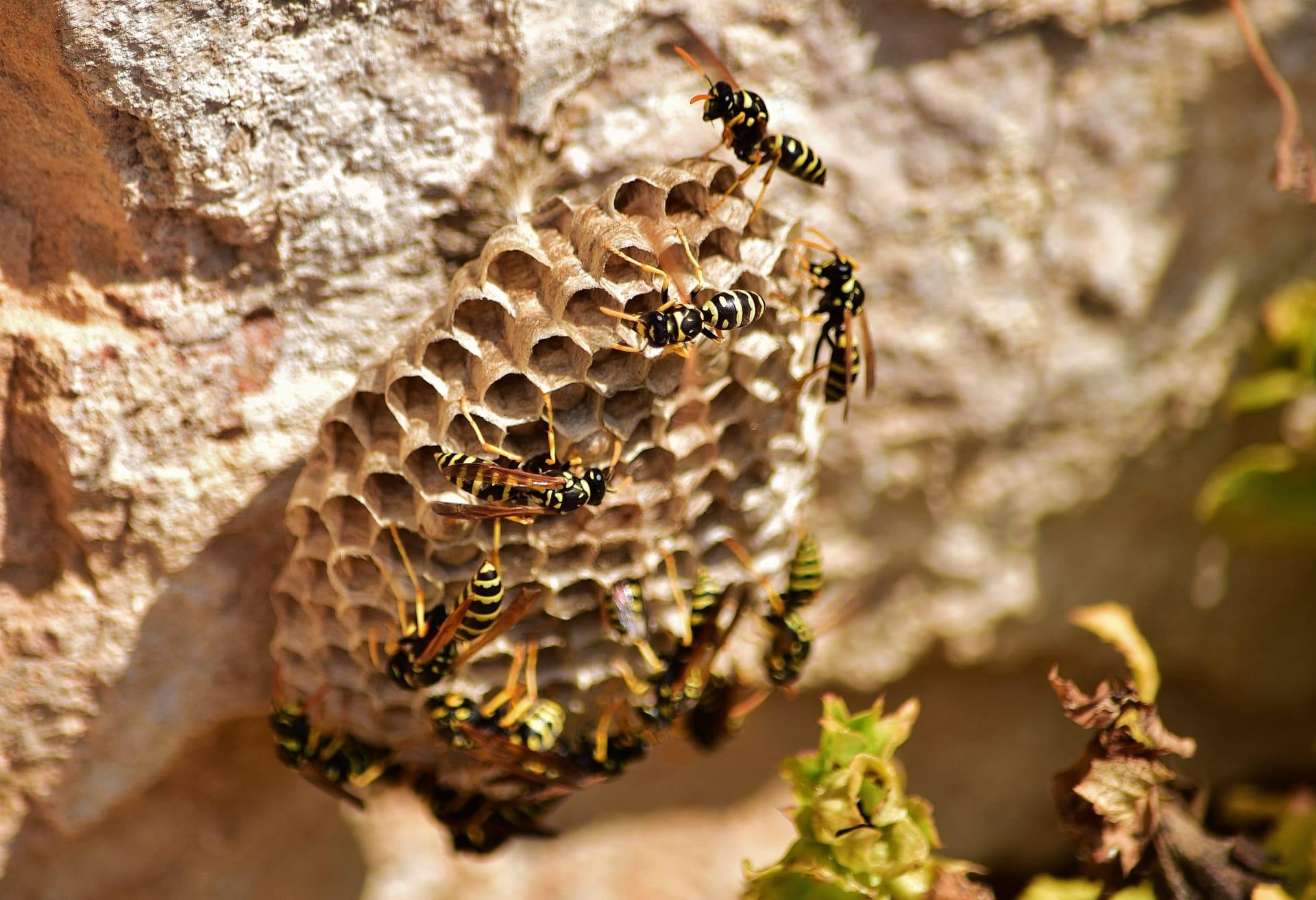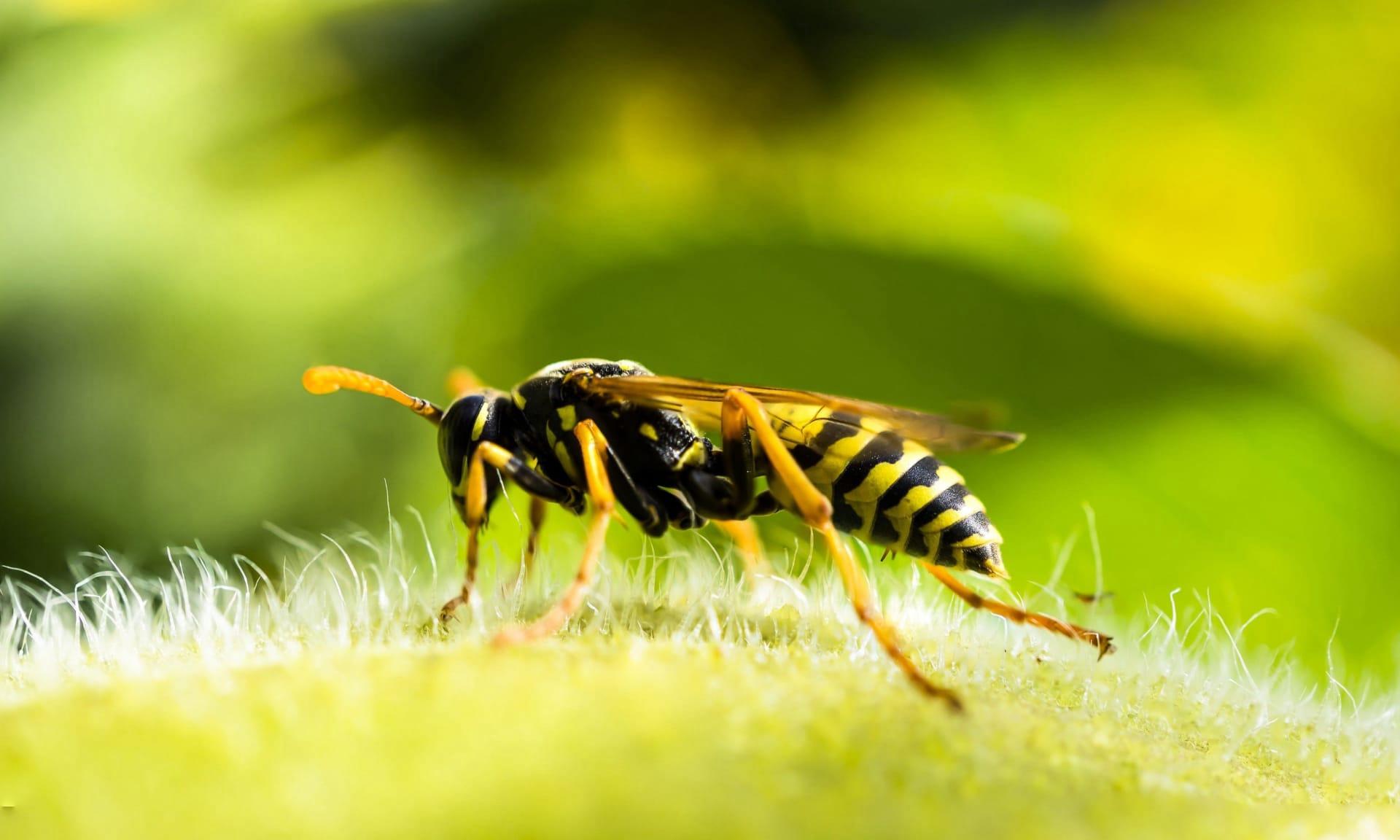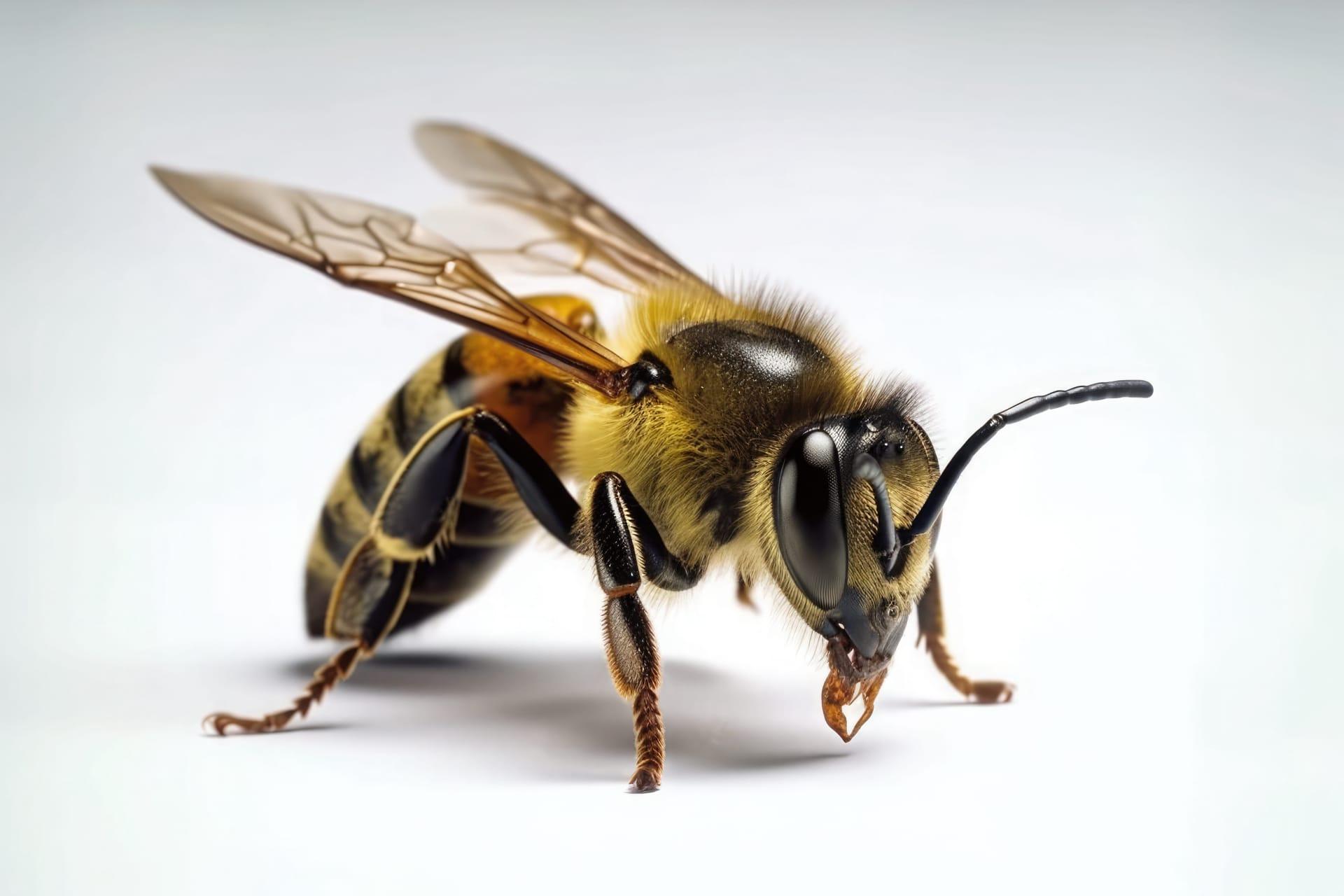Wasps
- Home /
- Mini Encyclopedia /
- Animal /
- Wasps
1
Wasps, fascinating creatures with over 30,000 identified species, fall into two primary categories: solitary and social. The solitary types, like the mud daubers and potter wasps, prefer a lonesome life, crafting individual nests for their offspring. On the flip side, social wasps, such as yellow jackets and hornets, thrive in bustling colonies, often spotted around intricately designed nests. These diverse species span the Vespidae and Sphecidae families, showcasing a wide range of behaviors and physical characteristics.
Wasps grace almost every corner of the globe, displaying an impressive adaptability. From the dense forests of the Amazon to the bustling cities of North America, these creatures make their presence known. Their distribution is vast, with a significant presence in temperate regions, yet some species have conquered harsh environments, including arid deserts and high-altitude areas. This global footprint highlights their ecological resilience and the wide array of habitats they can call home.

2
One common myth about wasps is that they're just aggressive pests with no real purpose other than to sting unsuspecting humans. This misconception often leads to unwarranted fear and the destruction of wasp habitats.
In reality, wasps play a pivotal role in ecosystems. Far from being mere nuisances, they are formidable predators of other insects, helping to control pest populations naturally. Moreover, certain wasp species are vital pollinators, contributing to plant diversity and health. Understanding their ecological role and behavior can shift our perspective, recognizing their value beyond the sting.

3
Wasps have developed intriguing survival strategies to navigate the challenges of their environments. For instance, many species employ chemical communication, releasing pheromones to alert others of danger or to guide them to food sources. This sophisticated system fosters a strong sense of community and coordination, especially in social species.
Moreover, wasps exhibit remarkable architectural skills, constructing nests from paper-like materials, which they craft by mixing saliva with wood fibers. These nests, ranging from underground burrows to aerial havens, are not only protective shelters but also demonstrate the wasps' intricate social structure and division of labor, showcasing their complex social dynamics and cooperative survival tactics.

4
In the tapestry of ecosystems, wasps are more than just fleeting visitors; they're integral threads that hold the fabric together. Their predatory nature helps regulate populations of other insects, preventing outbreaks that could harm crops and natural vegetation. This balance they maintain is crucial for the health of habitats, ensuring a diverse and stable ecosystem.
Furthermore, wasps contribute to pollination, albeit less celebrated than bees, they visit flowers for nectar, inadvertently transferring pollen. Their role in this process supports plant reproduction and biodiversity, underlining their importance in sustaining various plant and animal communities. Recognizing wasps' ecological contributions can lead to a greater appreciation of their presence and the complex interdependencies within nature.

5
Film: "Empire of the Desert Ants" is a BBC documentary from 2011 that, while primarily focusing on ants, offers fascinating insights into the lives of wasps, particularly in the deserts of Arizona, USA. It showcases the survival strategies of these insects in harsh environments, highlighting the interconnectedness of various species.
Book: "Wasps: The Astonishing Diversity of a Misunderstood Insect" by Eric R. Eaton, published in the USA in 2020, offers a comprehensive look into the world of wasps. Eaton, an entomologist, delves into the behavior, biology, and diversity of wasps, dispelling myths and showcasing their role in ecosystems.
Book: "The Wasp That Brainwashed the Caterpillar" by Matt Simon, a 2016 publication from the USA, explores the peculiar and fascinating world of parasitic wasps. Simon, a science writer, uses humor and research to shed light on the complex and often bizarre life cycles of these insects, revealing the intricate relationships they have with their hosts and the broader natural world.